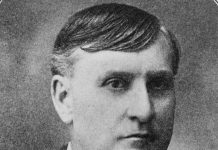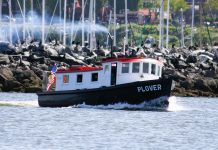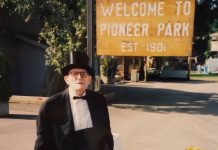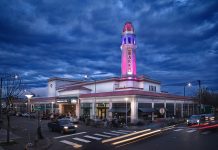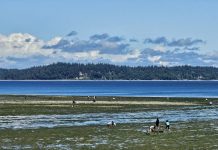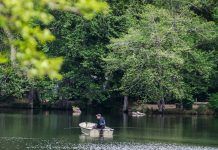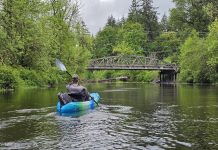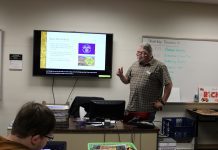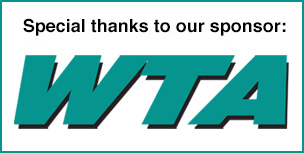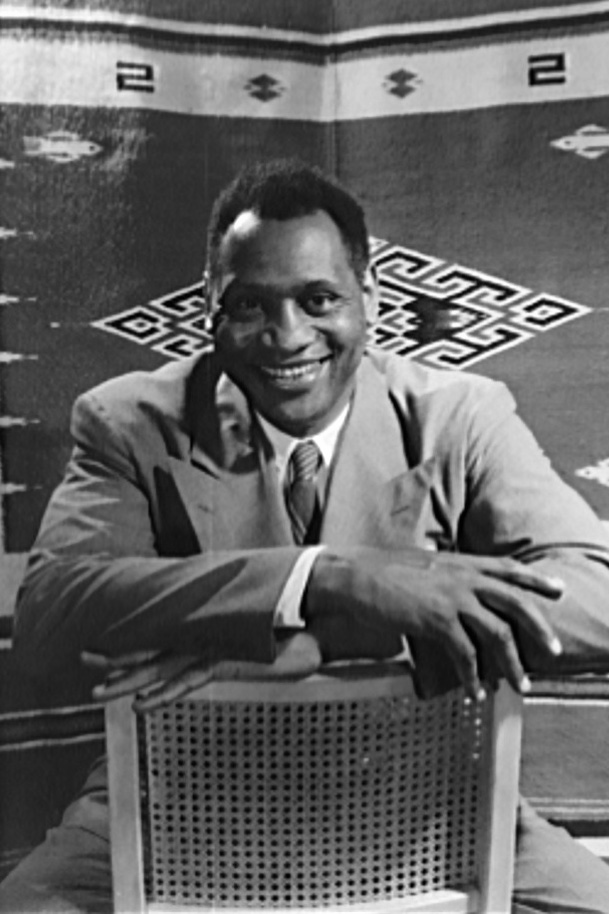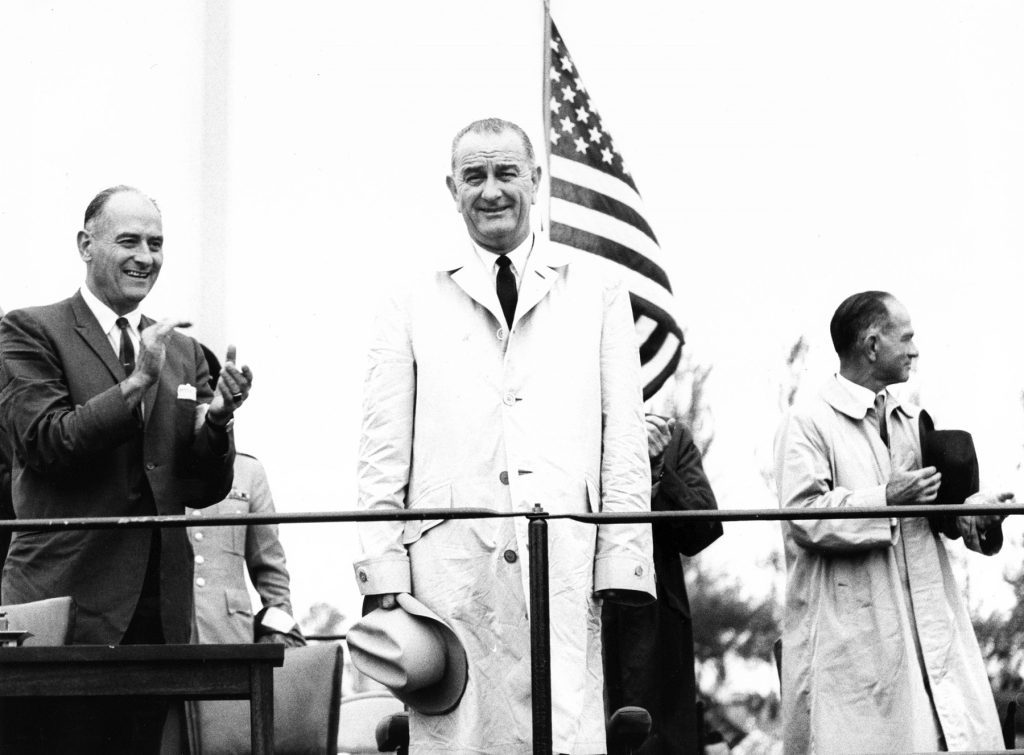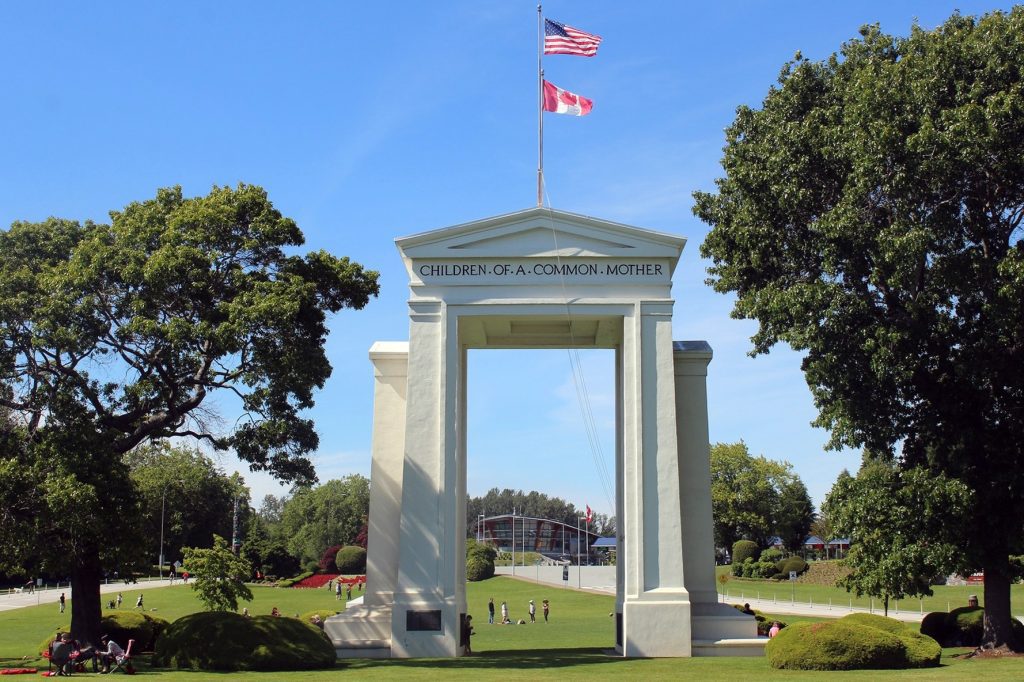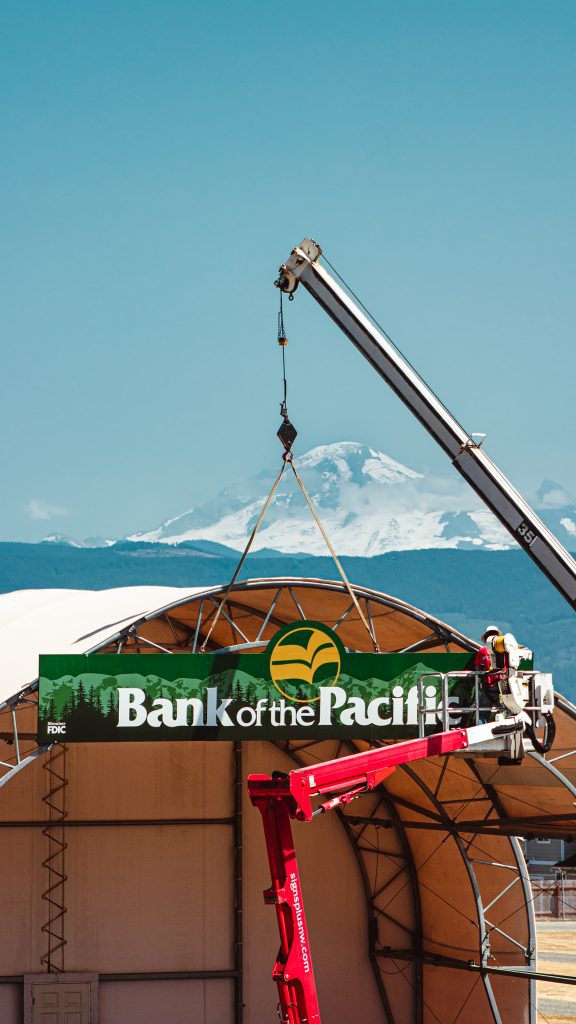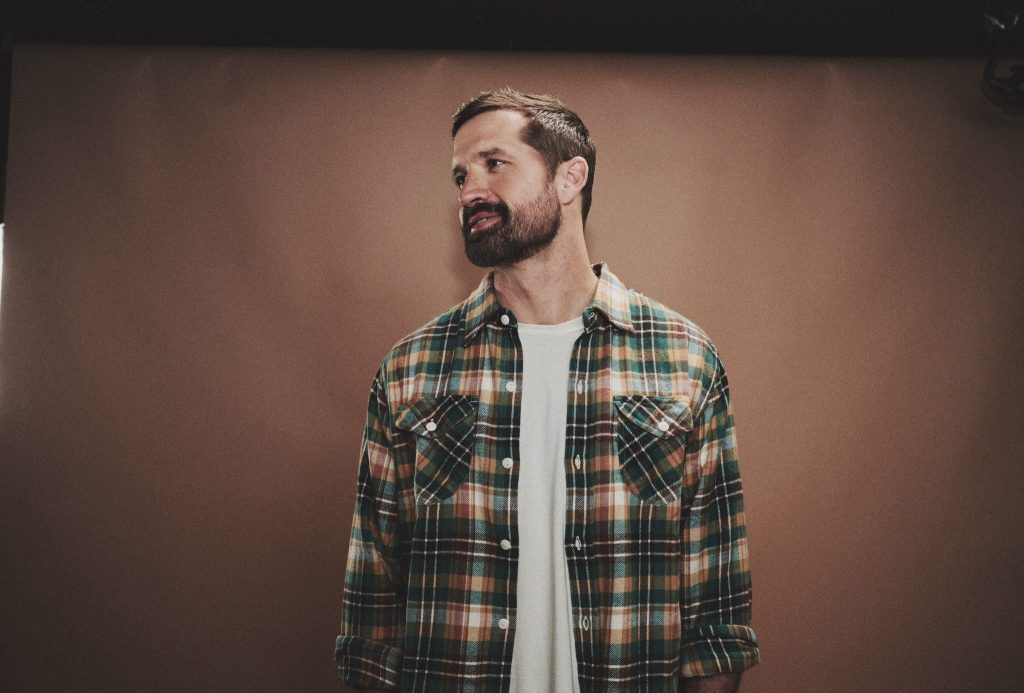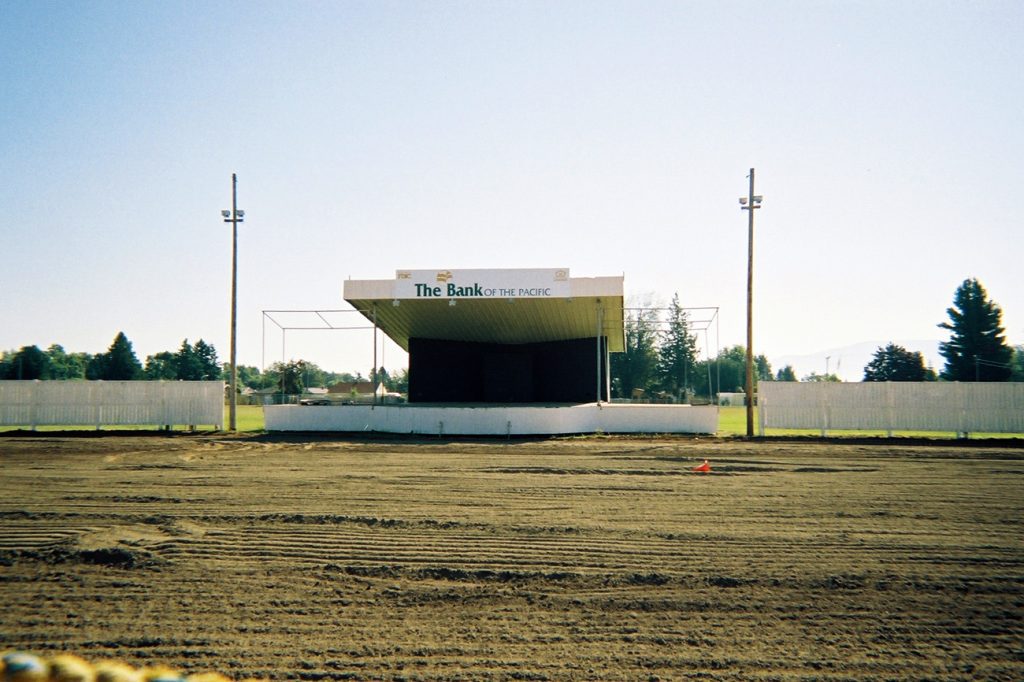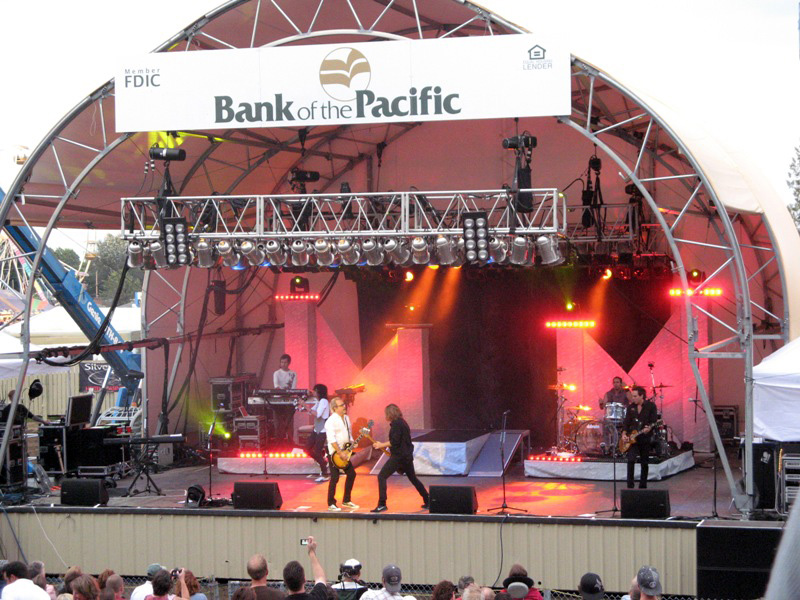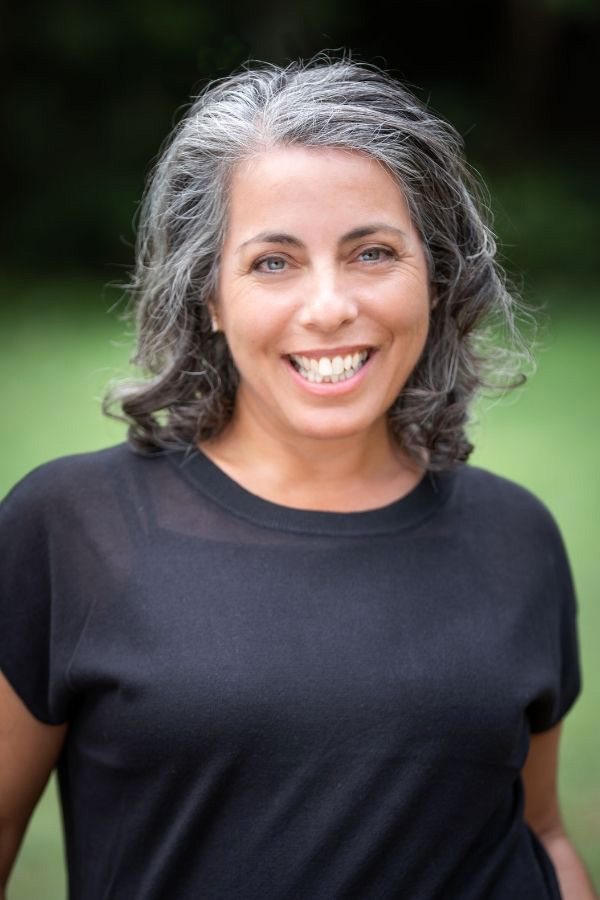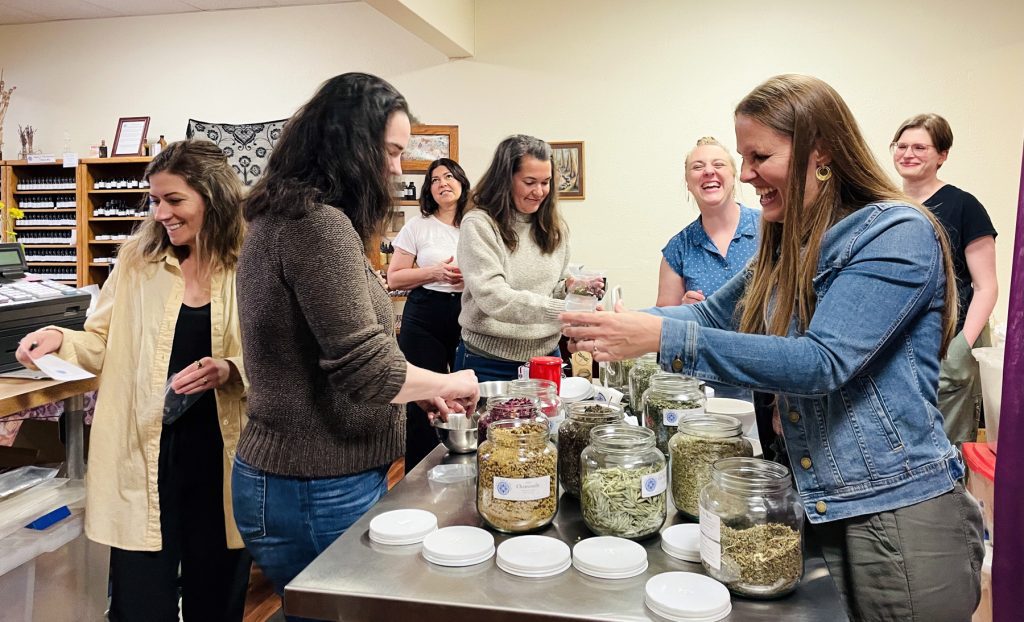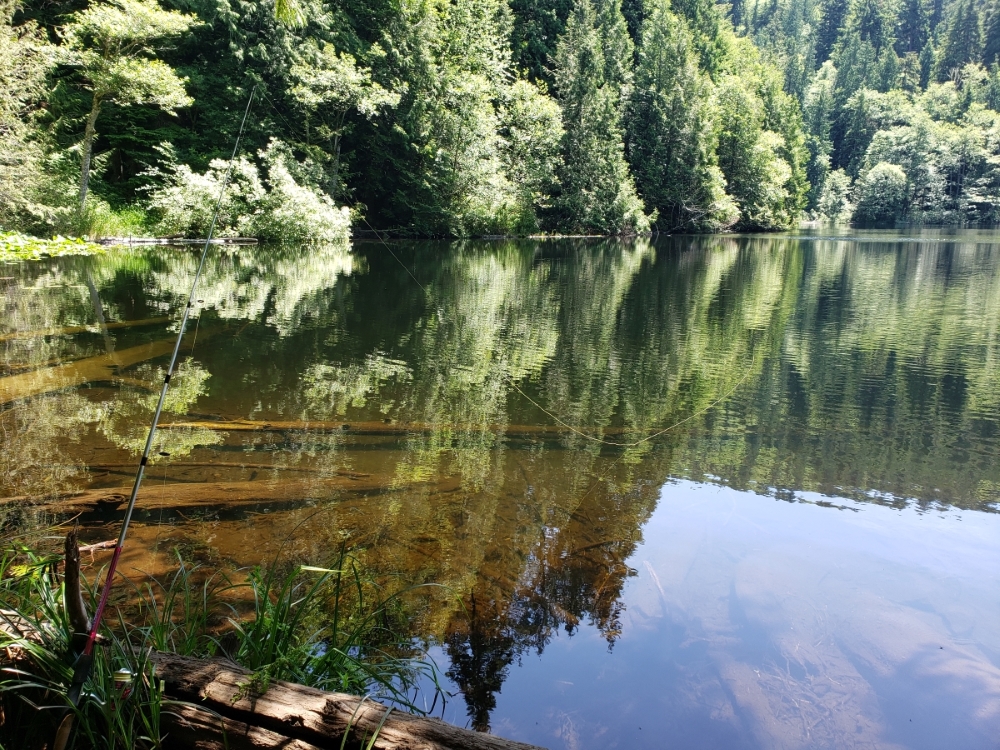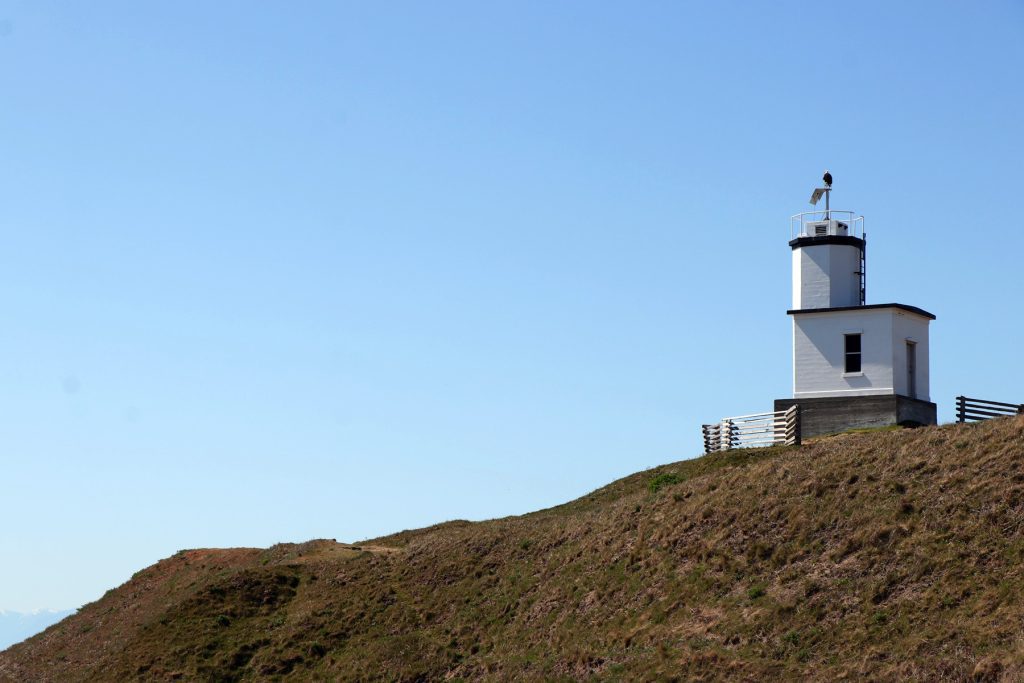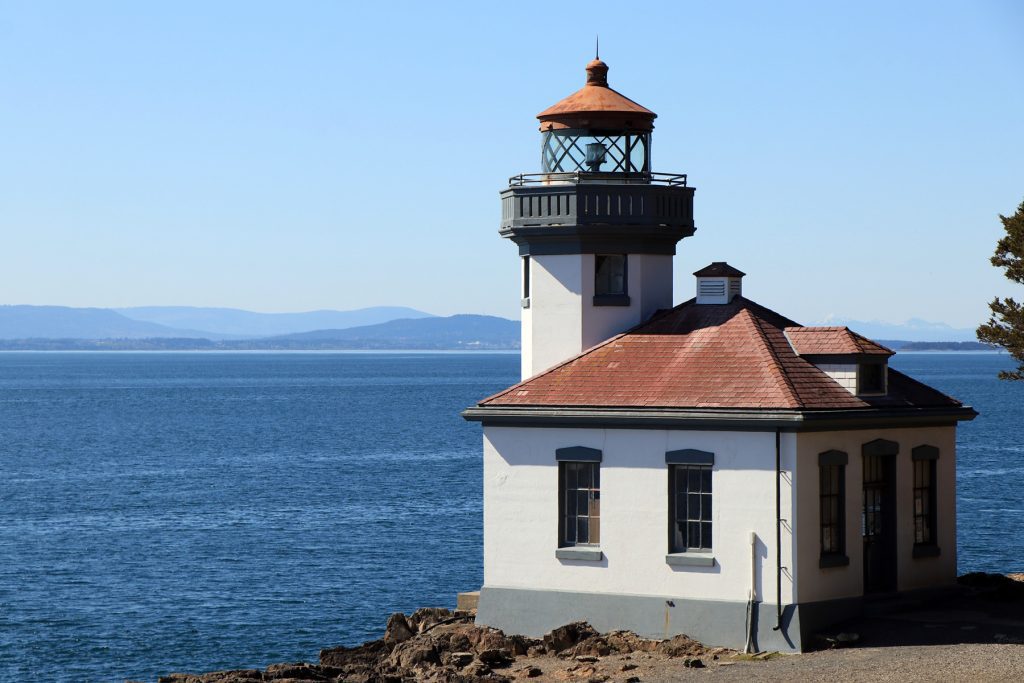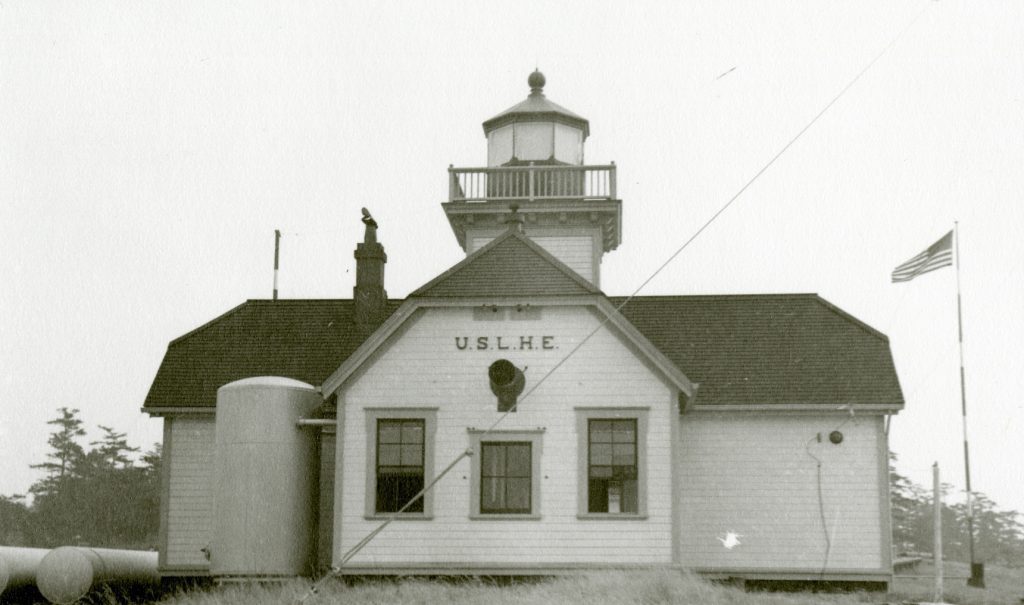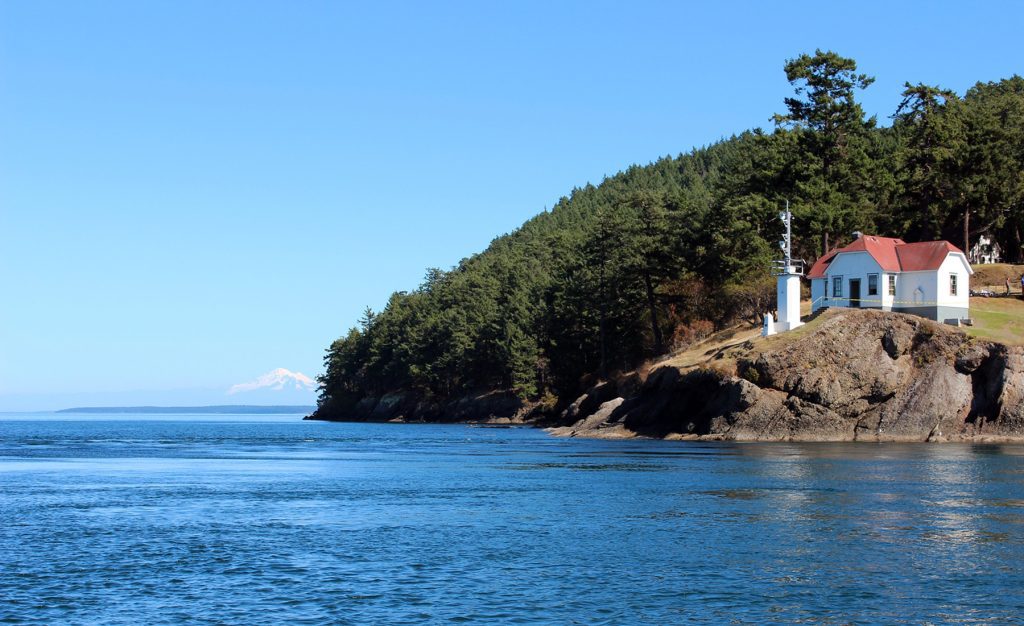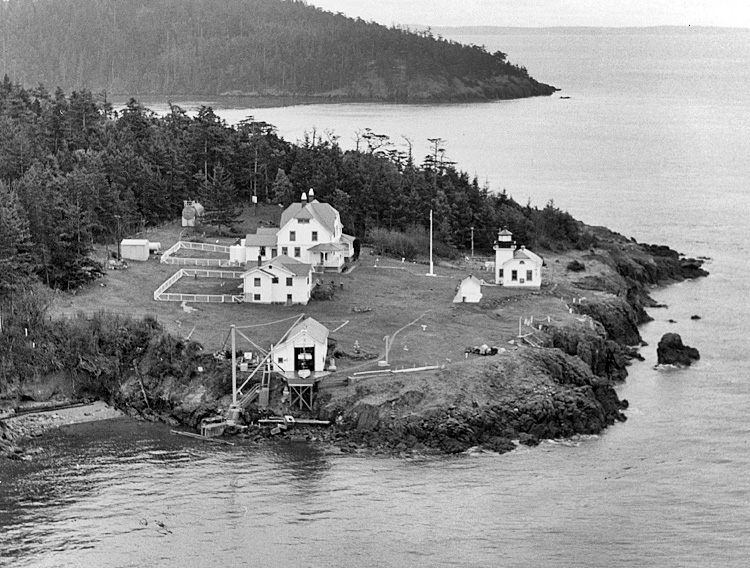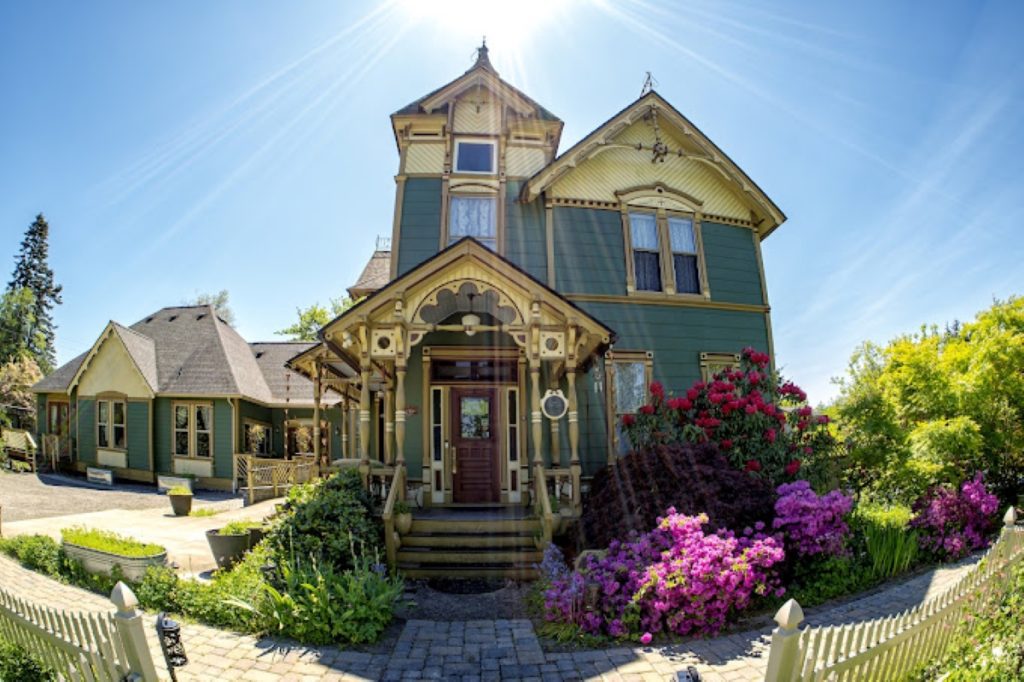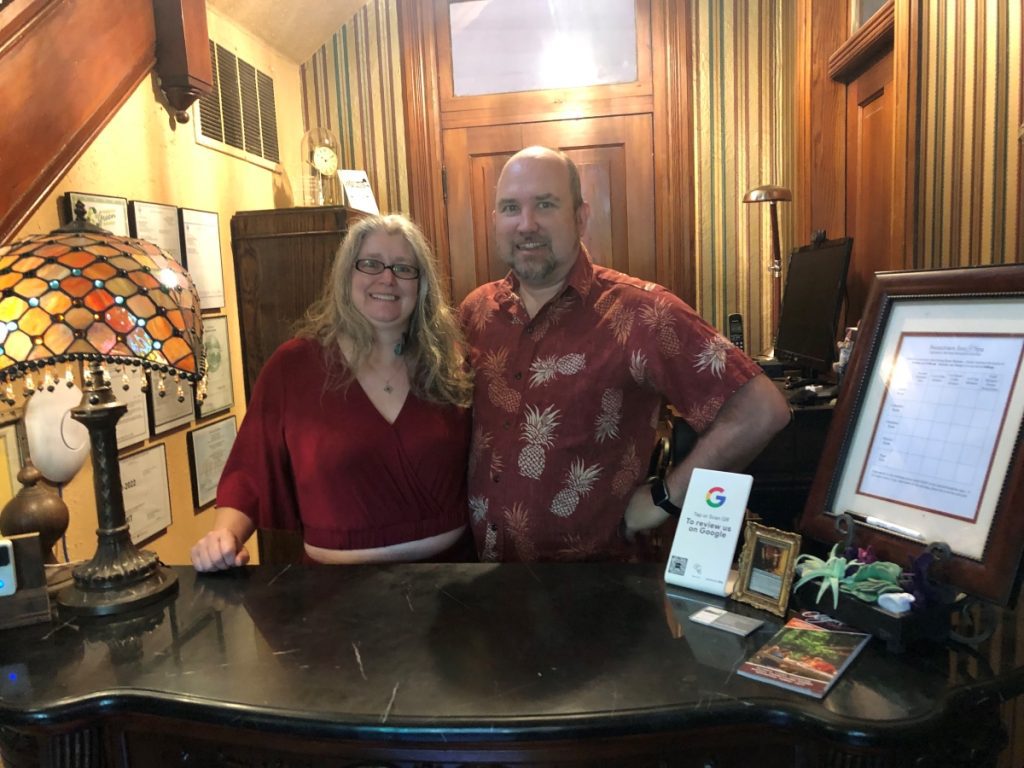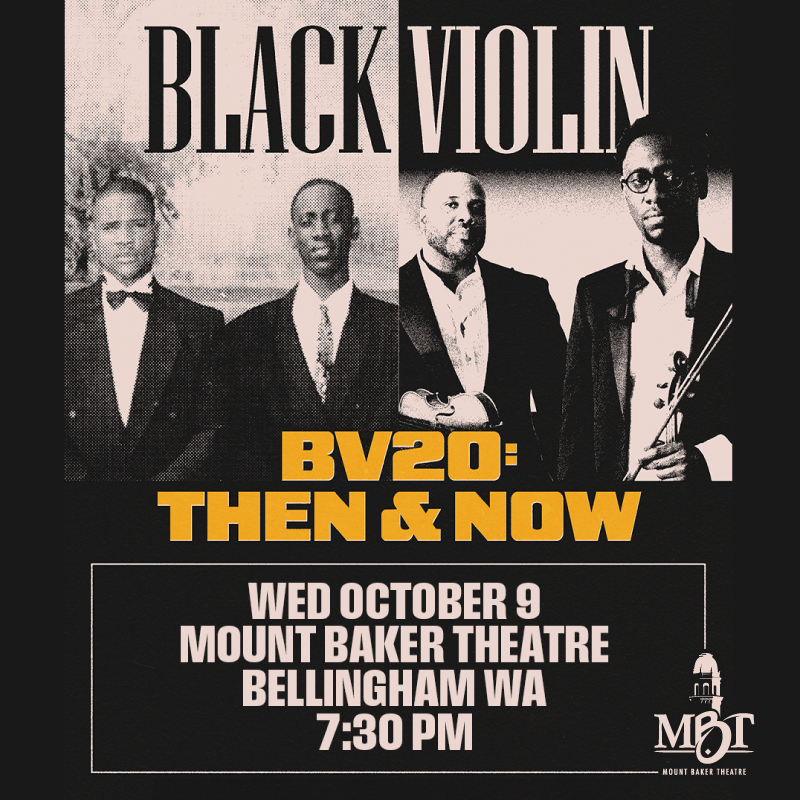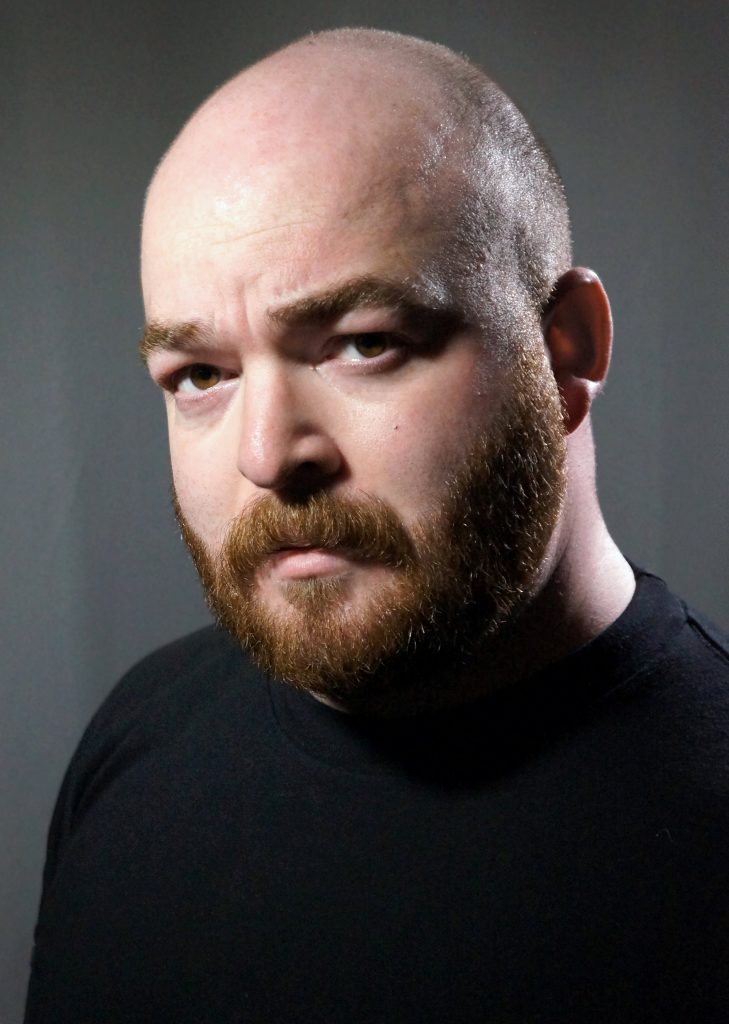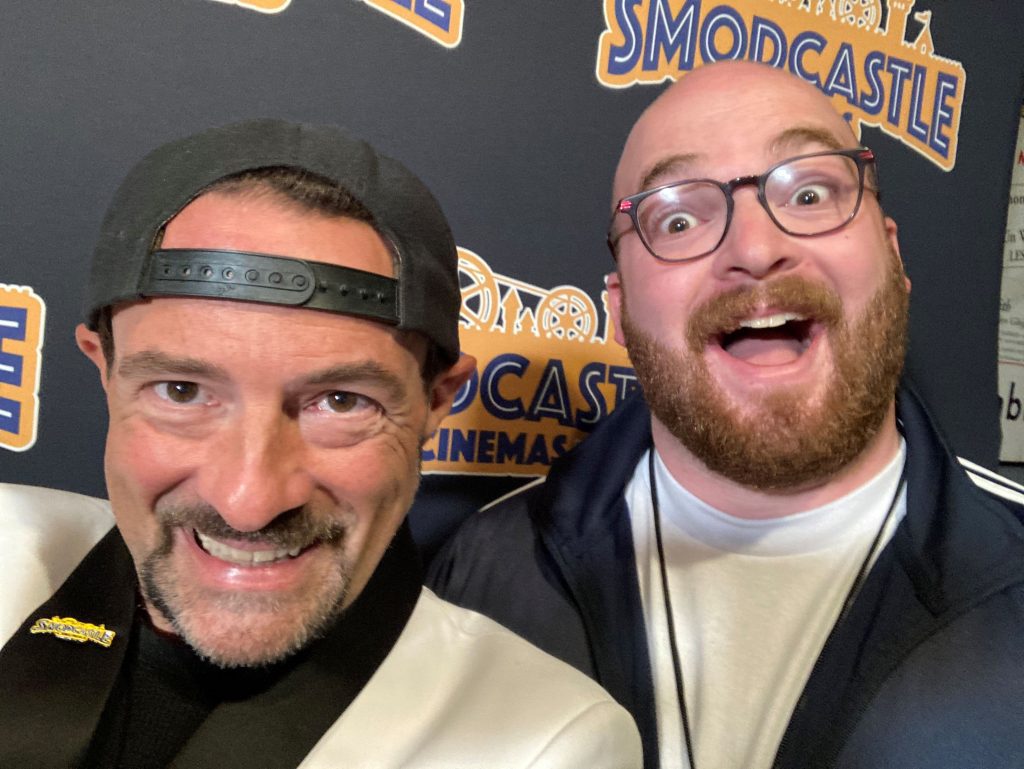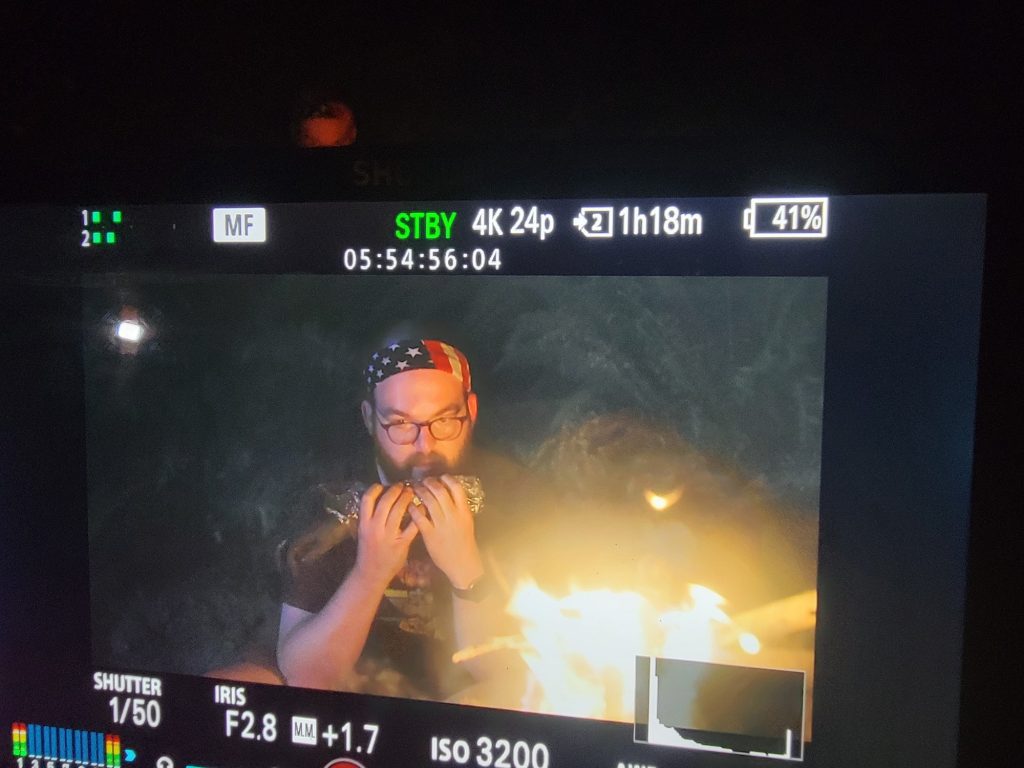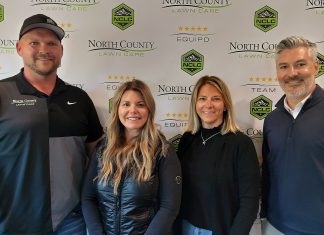On the stretch of Railroad in downtown Bellingham where you can feed your soul with great fried chicken, ice cream, or coffee, you can also get your soles fixed — and come away with a fabulously stylish handbag or cup holder, as well. You may know the ice cream and fried chicken spots but might have missed the tiny Sandy & Vale’s Shoe Repair at 1333 Railroad Avenue.
Owner and skilled craftsman Juan Campos took over the shop from his dad, Jorge, six years ago; it’s almost a shoemaker’s children tale. Jorge learned how to make shoes in El Salvador. He was, in fact, shoeless himself until he made his own first pair at the age of 13. Jorge learned from a cobbler, taking those lessons instead of the ones in school, where his parents thought he was.
He owned his own shop by 18 years old in the small mountain village of Berlin, El Salvador. The civil war brought tragedy to his family when he lost his wife. Jorge and his two older children fled through Central America and Mexico to Vancouver, B.C. where Jorge met his second wife, Juan’s mother. They found their way to Bellingham, and he bought Sandy & Vale’s in 1991.
He made Juan’s first pair of shoes, adorable blue leather boots, and his daughter, Julia, fanciful and bejeweled slippers.
Juan learned well once he decided to take over the business.
“My dad had been trying to get me into the shop for years, but I was trying to rebel and find my own path,” he says.
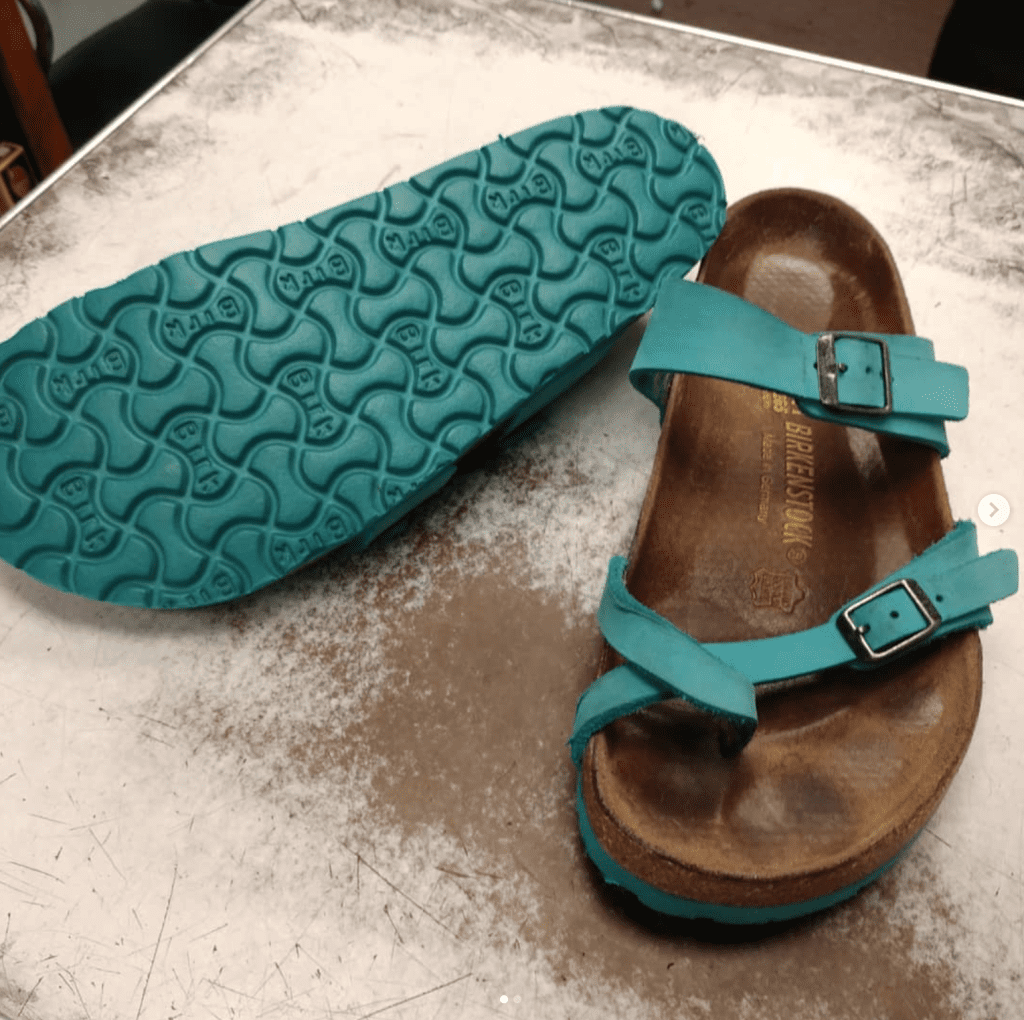
While working in kitchens in Portland, Juan also dipped into making leather goods, but didn’t want to take over the shop. His dad was persistent, though, and now Juan Campos brings his excellent work to boots, dress shoes, dance shoes, stilettos, and Birkenstocks. He has such a good reputation with Birkenstocks repair and refurbishment that he had a young woman come to him with an old pair of her mom’s she’d found in a closet. He rebuilt them for her feet. “It was great going from generation to generation like that,” he says.
Juan added his own leather goods designs into the business. Coyote Hideout handmade leather goods include beautiful carry-alls, cup holders, stylish book covers, and dresser-top containers for keys and jewelry.
“The leather I use is a byproduct of the meat industry,” Juan says. “It’s not hunted or raised just for the leather. If the skins weren’t used, they would go into a landfill. Knowing that I’m saving something from the landfill is very nice to think about.”
He likes to leave scratches and markings on the hide, to preserve a bit of the story of the animal’s life.
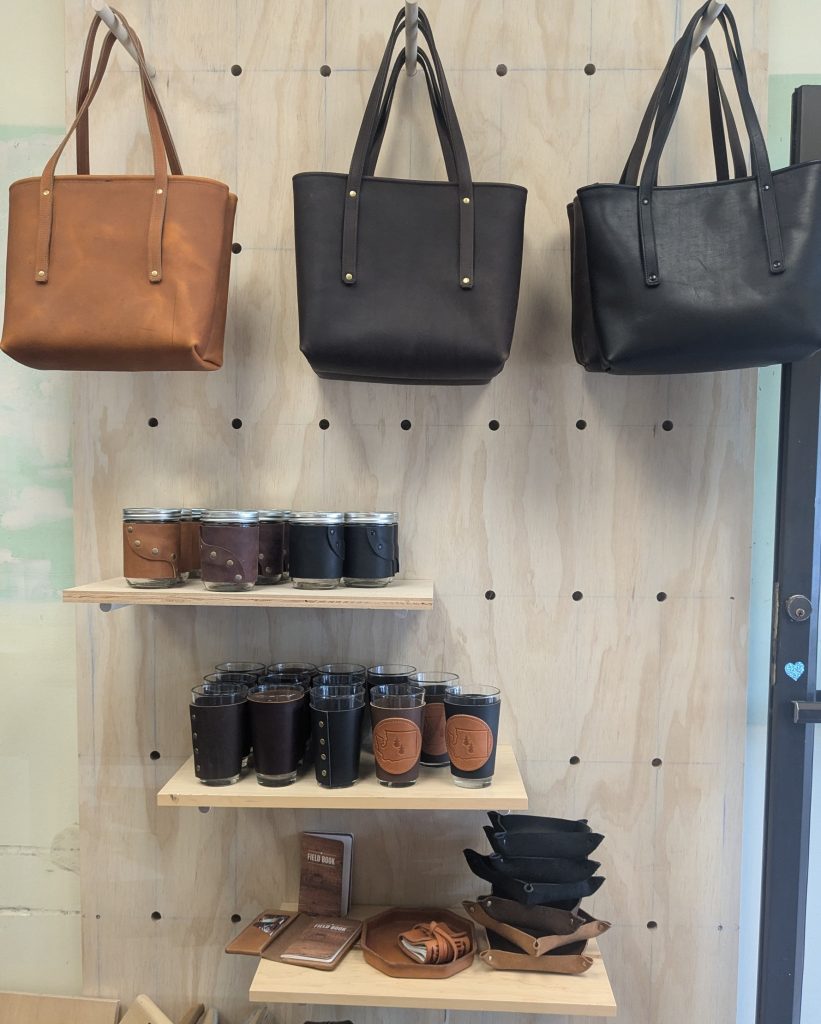
Shoe repair prices are, well, pricey. “It’s hard to compete with the throwaway society of fashion and cheap products” Juan says. But if you think about spending a quarter to a half of the cost of new shoes to repair ones already suited to your feet, there’s a high value in that.
Campos also offers advice to minimize wear and tear and extend the life of your shoes. “Condition your shoes every two to three months. Leather is skin and, just like your own; once it cracks there’s no going back.”
Our rainy winters don’t help shoes, and the salt on our streets doesn’t, either. That’s the time of year to make sure you let your shoes thoroughly dry when they get wet. Air dry them or use boot dryers to help them keep their shapes. “Once they’re dry, use a wax-based conditioner and shine them,” Juan advises.
Sandy and Vale’s is busy and popular as one of only a handful of shoe repair shops in all of Bellingham — and the only one right downtown. So prepare to bring in your shoes well ahead of when you need them! Stop in, email at sandyandvales@gmail.com, or call Juan at 360.647.1274. You might just go home with a beautiful new handbag — and maybe a delicious scoop of ice cream!






